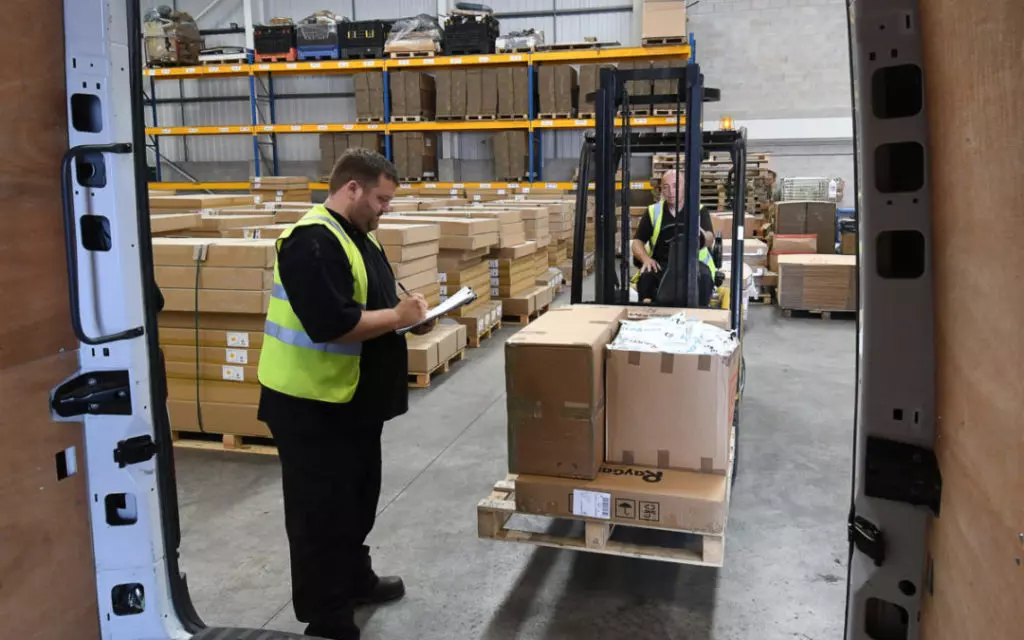
From War Rooms to Winning Strategies: How High-Tech Brands Tame Supply Chain Chaos
Special Guest Blog Post written by Jeff Echel and Steve Lykken with e2open
Supply chain planners in high-tech don’t just manage shipments; they’re crisis managers, data detectives, and sometimes, referees in a high-stakes game of inventory tug-of-war. Why do these planners find themselves huddled in “war rooms,” surrounded by spreadsheets and urgent emails?
It starts with relentless pressure: customers expect rapid, reliable service, but the reality is a maze of long lead times, outsourced manufacturing, and unpredictable global logistics. Securing critical components can take months, and a single misstep, like overstocking or missing a shipment, can ripple through the business, impacting revenue and margins.
The chaos: War rooms and spreadsheet battles
Add to that, the complexity of forecasting demand. Planners reconcile noisy, inconsistent data from retailers and distributors, often with little visibility, into . Forecasts are built, torn down, and rebuilt, sometimes manually, as teams try to align bottom-up channel data with top-down financial targets.
Meanwhile, supply plans are constantly threatened by shortages, excess inventory, and last-minute changes. When demand surges or supply is disrupted, channels compete for limited stock, sometimes “stealing” from each other, and sometimes winning simply by being the loudest voice in the room.
All of this creates a perfect storm: planners are forced into war rooms, not because they want to, but because the system is designed for firefighting, not orchestration. Their mission? To salvage commitments, protect margins, and restore order, if only for today.
The bullwhip effect: When demand goes wild
The chaos doesn’t stop at the war room door. Every tier in the supply chain, brands, contract manufacturers, and suppliers creates its own forecast, amplifying volatility and distorting the original demand picture. This infamous “bullwhip effect” means that a small change in consumer demand can lead to wild swings in inventory, shortages, and expedited shipments that eat into profits.
The screamers vs. the strategists
In this environment, informal policies reign. Inventory gets redirected between channels, commitments are compromised, and customer relationships suffer. The “whoever screams the loudest” approach might win today’s battle, but it loses the war for trust and profitability.
Smarter collaboration: The new playbook
But what if there was a better way? Today’s supply chain leaders are shifting from reactive firefighting to smarter, more collaborative planning. By cleansing and standardizing channel data , high-tech brands can finally see through the noise. Modern forecasting tools automate baseline forecasts, adjust for promotions, and validate outputs for reasonableness. Planners can focus on where their expertise adds real value, instead of manually reconciling endless spreadsheets.
Real-world magic: Touchless POs and inventory pool parties
Some brands are already living in this future. Take the story of a Every week, they send out a 52-week forecast to a thousand suppliers who commit to the forecast. These commits are automatically turned into PO release lines, no one ever touches the POs. The result? 98% supply confirmation and an 80% reduction in process effort.
Or the consumer ele By pooling inventory centrally and kitting sales orders, they boosted on-time deliveries from under 50% to over 90% in just one quarter. The planning team became heroes, and account managers could finally focus on selling instead of fighting over supply.
The takeaway: Proactive orchestration wins
The lesson? Moving from reactive firefighting to proactive orchestration isn’t just possible, it’s essential. By combining clean, trusted data with collaborative platforms and constraint-aware planning, brands can transform their operations. The payoff is faster, more reliable fulfillment, lower costs, and stronger relationships with both customers and partners. So next time you hear about a supply chain “war room,” remember: the real winners are those who trade in their spreadsheets for smarter, more collaborative strategies.
Ready to assess your supply chain risk?
Take the first step toward proactive orchestration. to evaluate how you detect, assess, and respond to risks in your supply chain, and learn how modern systems can help you stay resilient when disruptions strikes.
More Blogs

How the Delivery Experience Is Not a ‘One Size Fits All’

